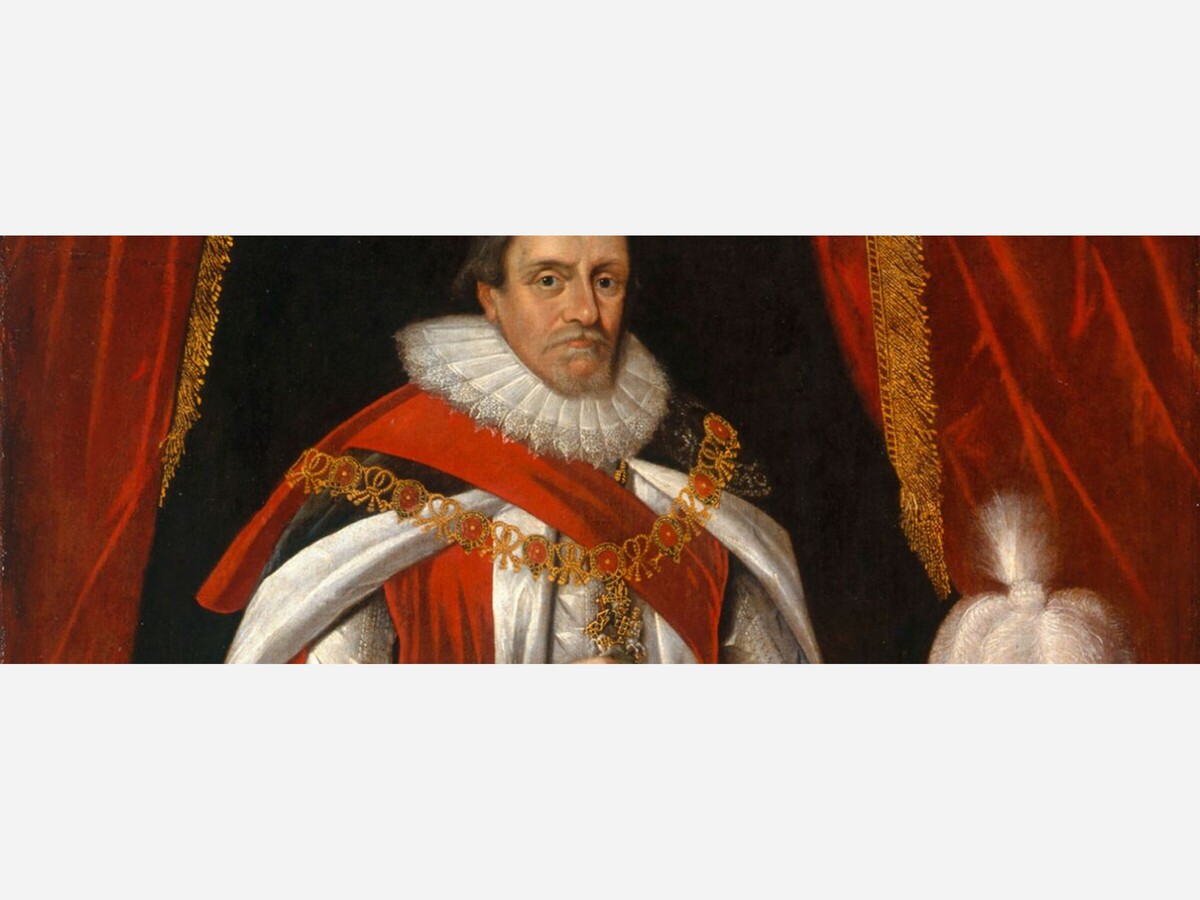Image

James VI of Scotland, who would later become James I of England, had a deeply personal encounter with the concept of witchcraft during events related to his marriage to Anne of Denmark. The sequence of events began in 1589 when James traveled to Denmark to marry Anne. On their return journey to Scotland, the royal fleet was beset by a violent storm that nearly caused the ships to capsize. James attributed this storm not to natural causes, but to the malevolent actions of witches who, he believed, had conspired to kill him by summoning the storm. His exposure to Danish views on witchcraft—where significant witch trials had recently occurred—likely reinforced his belief that the storm was a direct result of witchcraft intended to harm him.
On May 1, 1590, James and Anne arrived in Leith, where the King remained convinced that dark forces were at work against him and his new bride. The couple and their entourage received a grand welcome, complete with a large fire lit on Salisbury Crags to celebrate their return. However, James's obsession with witchcraft was already well-established, fueled by rumors that witches had conjured the North Sea storm to kill the royal couple.
The North Berwick Witch Trials
After returning to Scotland, James initiated a campaign against witches, which culminated in the North Berwick witch trials. These trials, which began in 1590, became some of the most notorious in Scottish history. James personally oversaw the torture and interrogation of many accused witches, reflecting his deep conviction in their guilt.
The trials commenced when Geillis Duncan, a woman accused of witchcraft, confessed under torture to being part of a conspiracy to murder the king. Her confession implicated several others, sparking widespread panic and further accusations. The accused were subjected to severe torture, including sleep deprivation, and were often coerced into confessing to implausible deeds, such as attending witches' sabbaths and consorting with the Devil.
James believed that these witches were actively plotting his death through magical means. His direct involvement in the trials extended to the publication of the pamphlet Newes from Scotland in 1591, which detailed the events and confessions extracted from the accused witches. According to reports, the King personally interrogated several suspects, including Agnes Sampson, who was tortured at the Edinburgh Tolbooth. Sampson eventually confessed to 53 charges against her, including using witchcraft to create a storm that endangered the King’s life.
Impact and Actions Taken by James
James's campaign against witches had a profound and lasting impact on both Scotland and England, contributing significantly to the widespread fear of witchcraft. His actions are considered a crucial part of the broader European witch craze that resulted in the deaths of thousands during the 16th and 17th centuries.
Works Cited
Levack, Brian P. The Witch-Hunt in Early Modern Europe. 4th ed., Routledge, 2016.
Normand, Lawrence, and Gareth Roberts, editors. Witchcraft in Early Modern Scotland: James VI's Demonology and the North Berwick Witches. University of Exeter Press, 2000.
Purkiss, Diane. The Witch in History: Early Modern and Twentieth-Century Representations. Routledge, 1996.
“James VI and Anne of Denmark Arrive in Leith in 1590.” The Scotsman, 1 May 2020, www.scotsman.com/heritage-and-retro/heritage/james-vi-and-anne-denmark-arrive-leith-1590-2675499.